Earlier this month, we looked into the nesting habits of some of our local backyard birds here in Simcoe County, covering Chickadees, Robins, Mourning Doves, Goldfinches and Cardinals. This week we take a look at more of our feathered friends and their unique nesting habits. If you missed our earlier article, you can catch up here.
What birds are starting families in your yard? We'd love to see your photos/videos of this spring-time delight!
BLUE JAY
A
Blue Jays nest tends to be located in the crotch or thick outer
branches of coniferous or deciduous trees, usually 10-25 feet above
ground, making them hard to observe even if within our own backyard.
The nest is an open cup made of twigs, grass, occasionally mud, and
lined with rootlets. Both parents gather the materials needed for the
nest, but the males tend to do more of the gathering, while the female
stays back to construct the actual nest.
The video below
shows a unique opportunity one family had when a pair of Jay's nest in
their playhouse. Their time lapse video gives a great insight
into their journey from egg to flight.
------------------------------------------------------
 |
| Photo Credit: Leanne LeBlanc |
HOUSE FINCH
House Finches (both male and female) are known to display a strong tendency to return
to the same area to breed, even occupying the same nest site as the
previous year. Unlike their name suggests, House Finches rarely use bird houses
to build their nest; instead they seem to prefer locations such as
coniferous trees and cactus plants; as well as unusual places such as ledges, street lamps, ivy on buildings
and even hanging planters. A great way to attract them to nest in your yard is with a water source for
drinking and bathing.
Enjoy the video below of a nesting pair who took up residence alongside a home.
------------------------------------------------------
HUMMINGBIRDS
A Hummingbird nest is a small and delicate thing, about the size of a large thimble, and is built directly on top of a branch rather than a fork. Hummingbirds use spider webs as glue to attach the nest to a tree
branch as well as a binding agent for the building materials. It takes the female about 6-10 days to finish the nest, which measures about 2" across and 1"deep.
Ruby-throated Hummingbirds normally place their nest on a branch of a
deciduous or coniferous tree (remember to always check for nests before pruning!); however, these birds are so used to
human habitation it's not uncommon for them to nest on loops of chain, wire,
and extension cords.
Check out the video below to watch a nest being constructed by these marvelous creatures.
------------------------------------------------------
NUTHATCHES
Both White-Breasted and Red-Breasted Nuthatches are common in our backyards here in Simcoe County. Natural cavity nesters, both can and do use nest boxes.
The White-breasted Nuthatch will build it's nest in a natural tree cavity (coniferous and deciduous) or will utilize an abandoned woodpecker nest. Rarely does it excavate its own nest. It has been known to bill-sweep
a crushed insect around their nest cavity's entrance hole. This is presumably
to deter predators with the chemical-defense mechanisms from the insect.
Both sexes of the Red-Breasted Nuthatch excavate the nest (a cavity between 2.5 and 8 inches deep), but the female does most of the work, spending up to 18 days to create the nest hole. Once done, she builds a bed of grass, bark strips, and
pine needles and lines it with fur, feathers, fine grasses or shredded
bark.
Interestingly, the Red-breasted Nuthatch will line the entrance to its nesting cavity
with drops of sticky conifer resin. It is thought that this may be a
tactic to discourage predators or nest competitors from entering. The
nuthatches avoid the resin themselves by diving directly into the cavity
without ever touching the sides of the entry hole.
------------------------------------------------------
ORIOLES
An Oriole nest is an engineering masterpiece. The female weaves a
hanging-basket nest with plant fibers, grasses, vine and tree bark and
sometimes string or horse hair placed out on the small twigs of a branch 6-45
feet in the air. It
can take as many as 12 days for an Oriole to weave its elaborate nest. One Baltimore
Oriole was observed spending 40 hours building a nest with about 10,000
stitches and the tying of thousands of knots, all with its beak.
Watch these Orioles create their nest in Kansas:
------------------------------------------------------
WRENS
Ever notice your nesting boxes are full of random twigs suddenly? Male House Wren's "lay claim" to multiple nesting boxes/cavities by
filling them with more than 400 small twigs. Then, if the female likes what she
sees, she will then take over, adding the nest cup and lining it with
grass, inner bark, hair, and feathers.
A pair bond may form between a male and a
female Carolina Wren at any time of the year, not just nesting season, and the pair will stay
together for life. Female Carolina Wrens are unable to defend their territory alone, so she
spends a great deal of her time watching for predators while foraging
with her mate to ensure his safety. This pair will stay together on their territory
year-round and forage and move around the territory together.
------------------------------------------------------
I hope you enjoyed this two-part look into the nesting habits of some of our more common back-yard visitors. Don't forget, if you missed part-one, you can check it out here. Happy Birding! ~ Jen










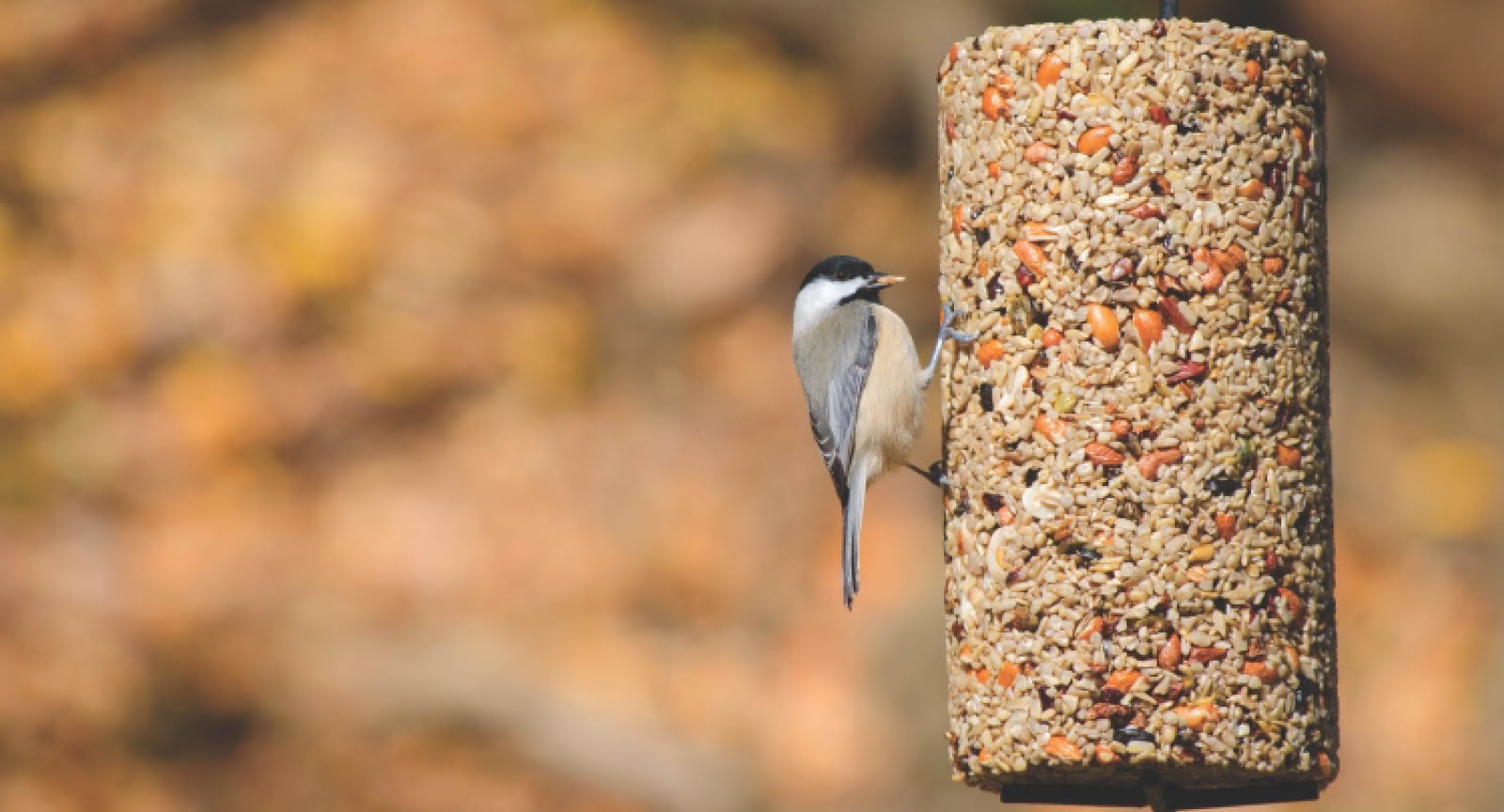
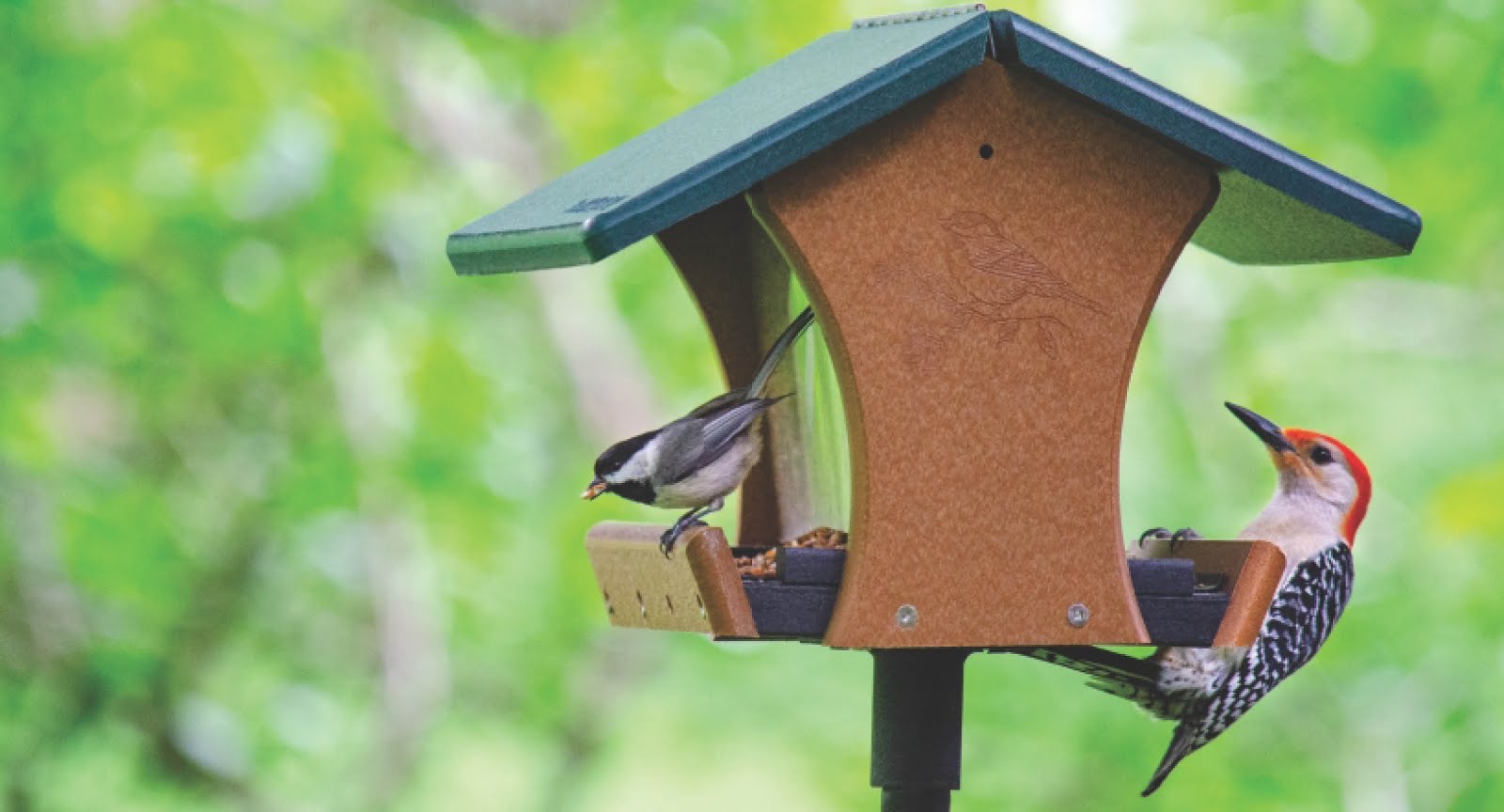
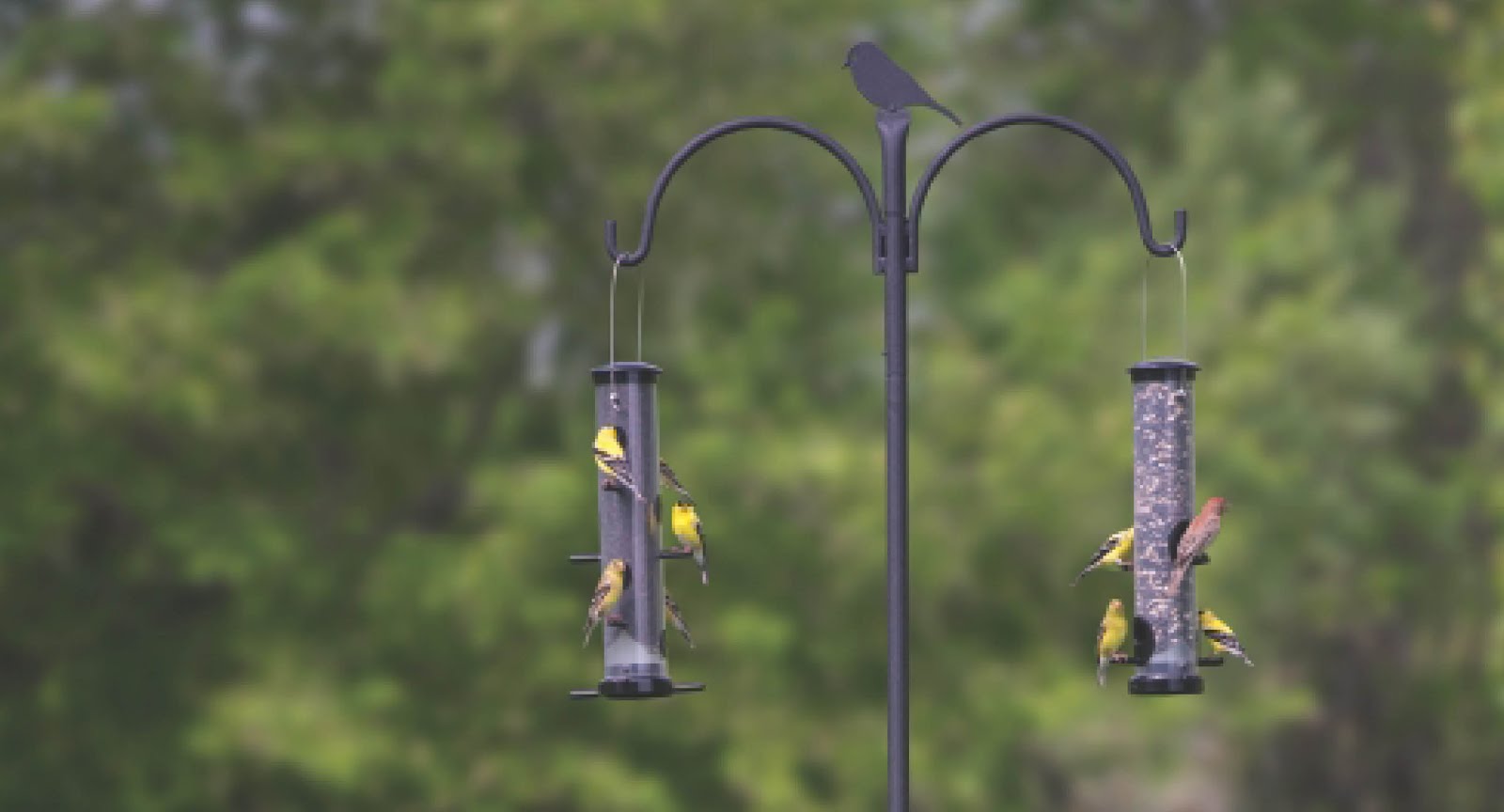


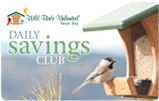


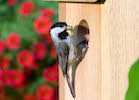
No comments:
Post a Comment